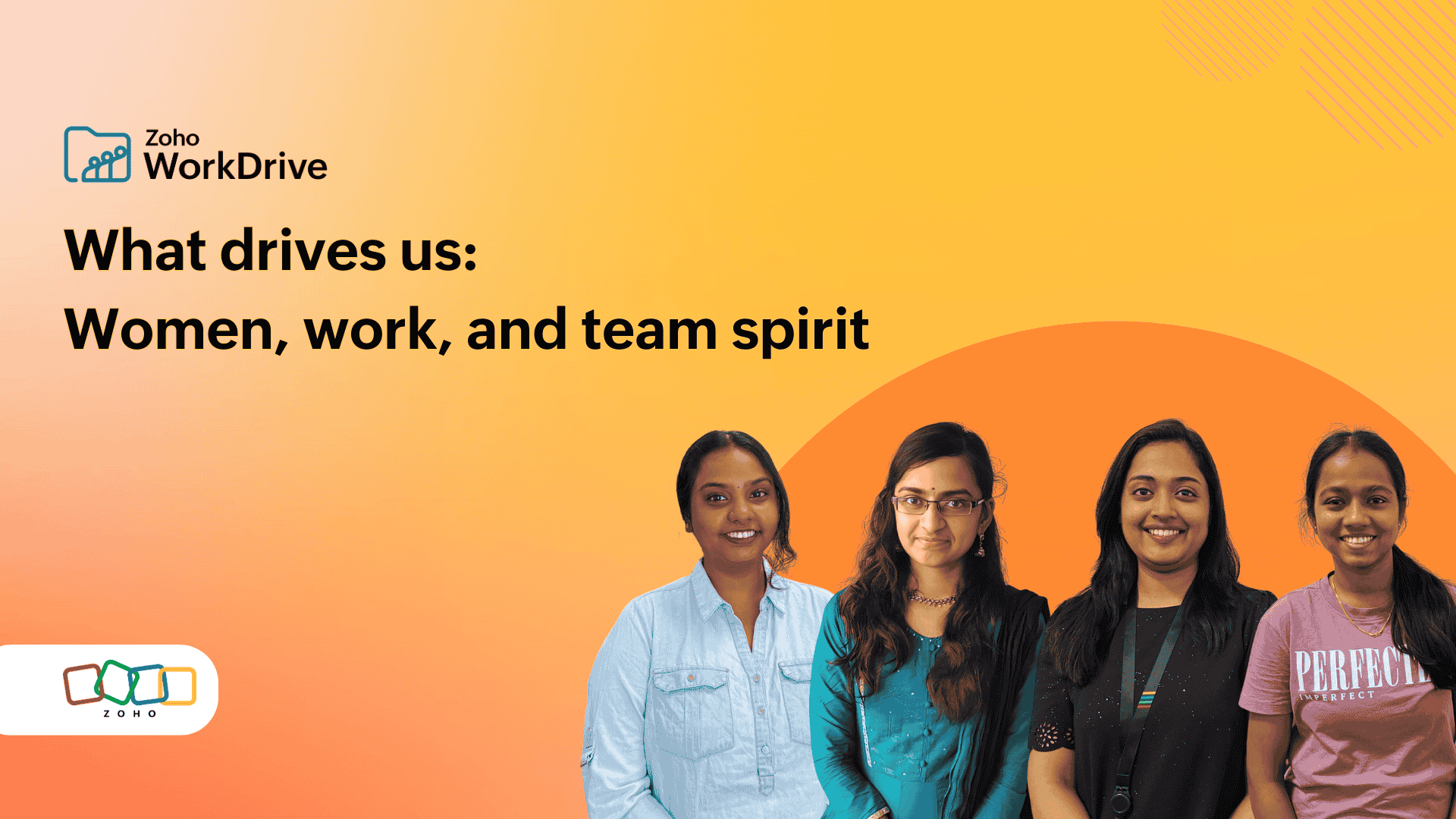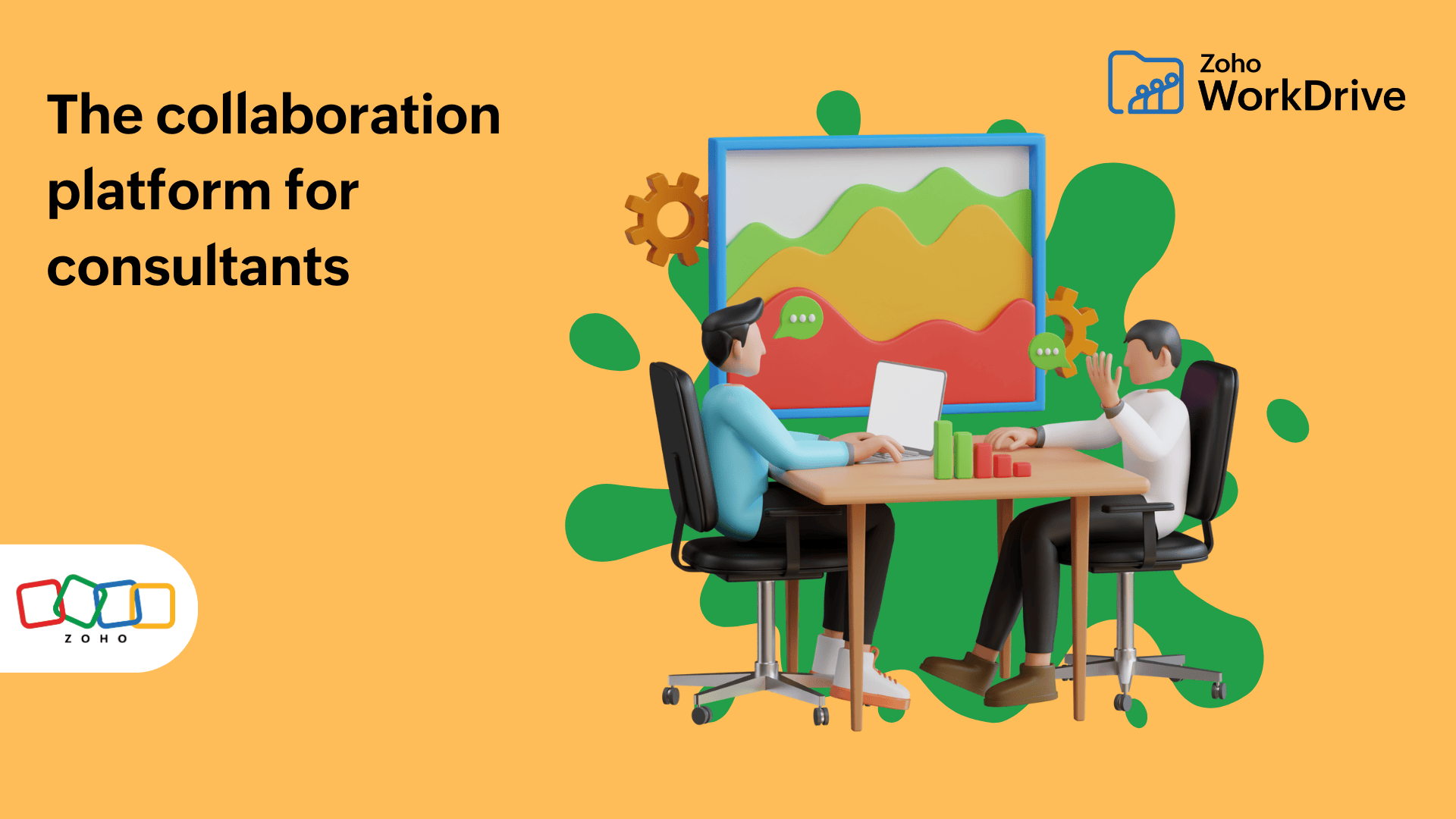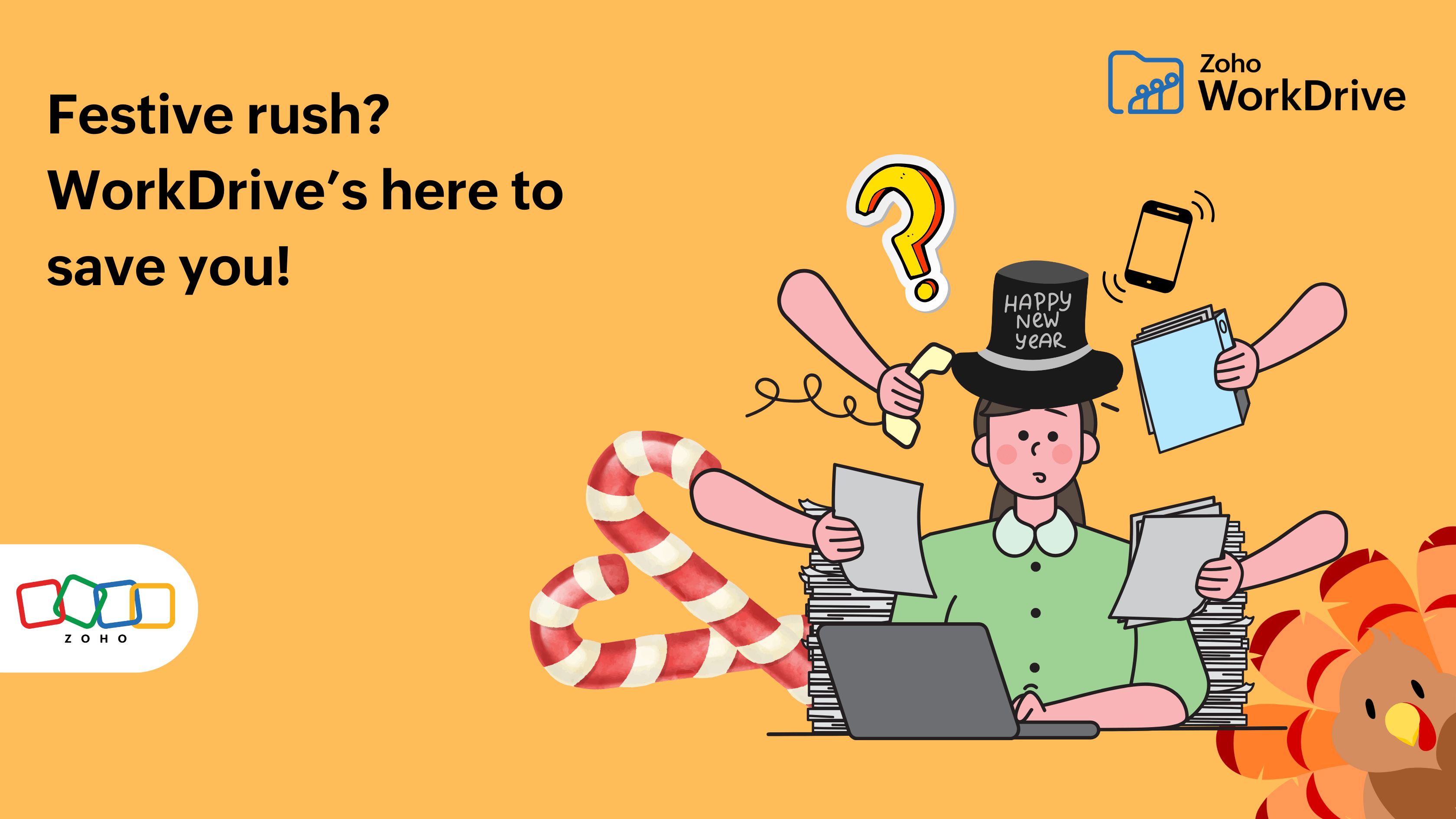- HOME
- Work Culture
- Diving deep into democratized AI
Diving deep into democratized AI
- Last Updated : June 21, 2024
- 247 Views
- 3 Min Read
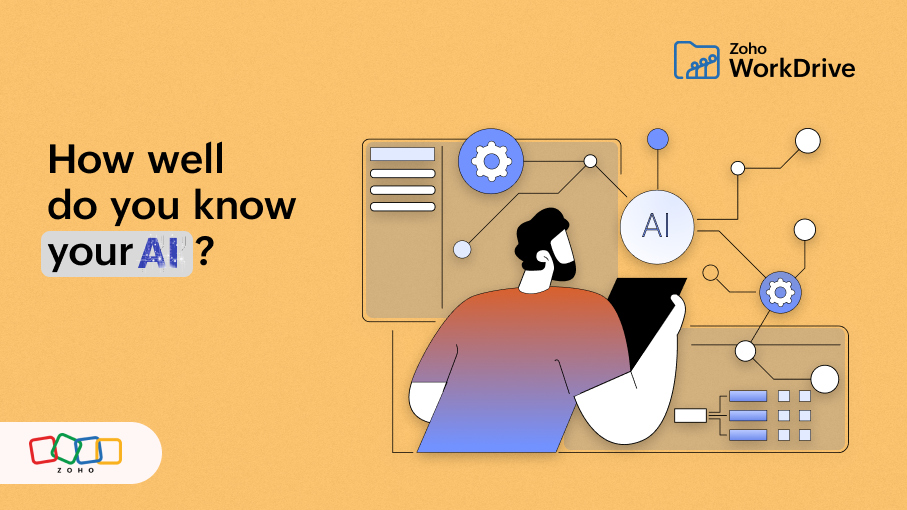
Looking back in history, innovations and discoveries were the onset of great revolutions. With the emergence of AI, it is another instance of history repeating itself in terms of innovation and revolution. But this time, the change, growth, and impact is more intense than in the past.
Experts say society is at the brink of the fourth industrial revolution, which, unlike the previous ones, is driven by technological advancements, especially in the cyber-physical space. The advent of AI has sped up this progress. With easy and numerous modes of access to AI, the proliferation of data has not only transformed the creative sector but raised concerns of varying aspects too.
This blog post addresses these concerns, starting from the safe utilization of AI for content generation to the ownership of AI-generated content and how people can thrive within an AI ecosystem in their day-to-day lives.
How is AI used in everyday life?
A decade back, the go-to solution for quick information was search engines. Today, everyone uses smartphones, and searches that require short responses are readily answered by built-in virtual assistants. This is one good example of AI in day-to-day life. There are numerous benefits associated with this too.

That's one example of how AI plays a role in everyday life. Apart from asking a virtual assistant questions, you can also use AI to create suggestions and recommendations. Furthermore, these suggestions may sometimes contain information you normally wouldn't think of, which will not just give a new perspective but also save time.
Is your data secure?
While AI is useful, data fed to these AI engines are not strictly bound by statutes. Numerous countries have already tried their hands on governing data collection by AI language models. AI processors, being highly data-demanding, also display opacity in their data collection. Due to, this, there is a disparity between the "nascent stage of the statutory regulations" and the "high amount of data collected by AI models," which hinders regulations from finding pragmatic grounds.
How to be safe while using AI and why it's important
Knowing data collected by AI goes through non-transparent processes, the next thought would naturally be securing PII. Among the many types of PII, the spotlight here falls on the IP address. But why?
Here's why.
The internet is a virtual space where users are identified by their IP addresses. The modern world's marketing is no longer scattered on physical billboards and magazines but hyper-focused into digital media tailored to achieve the desired outcome from individuals. More specifically, ads that appear on your smartphone appear only after going through a process called predictive analysis. This means, your app usage data is monitored by the app developers, analyzed for patterns, and as per the prediction of machine learning models, specific ads are shown.
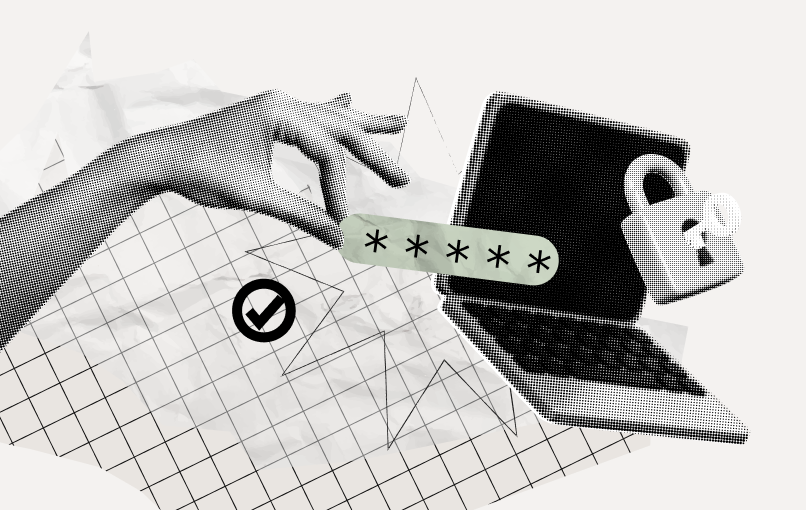
To protect your usage data from being used to target you for hyper-focused marketing attempts or spear-phishing, you can use an IP mask, ensuring enhanced internet privacy.
Who owns AI-generated content?
As of May 2024, there is no legal framework to deal with the ownership of AI-generated content, be it text, audio, images, or video. For a product to be copyrighted, it has to have a human creator. However, there are statements made by various countries that lay the foundation for what might be a future copyright standard for generative AI content.
The copyright regulating authority in the US made an official announcement stating, "every generative AI creation will have a human authorship to claim copyright." However, protection is not promised for AI-generated works yet. In the UK, the Copyrights, Designs and Patents Act of 1988 extends to define the ownership of AI works. According to this extension of law, "the individual who made arrangements" needed for creating the computer-generated work will be its author.
Final thoughts
With the advent of AI, the ability to create your own version of art has been democratized. This utilization is now expanding to other domains like management and logical reasoning, to name a few. This only provides AI engines with more data.
Amongst all this growth and development lies the question of how much AI would break productivity barriers. Now that the usage of AI for productivity has provided numerous solutions, it lies in the hands of the end user with the right understanding of the solutions to make the best out of it.








